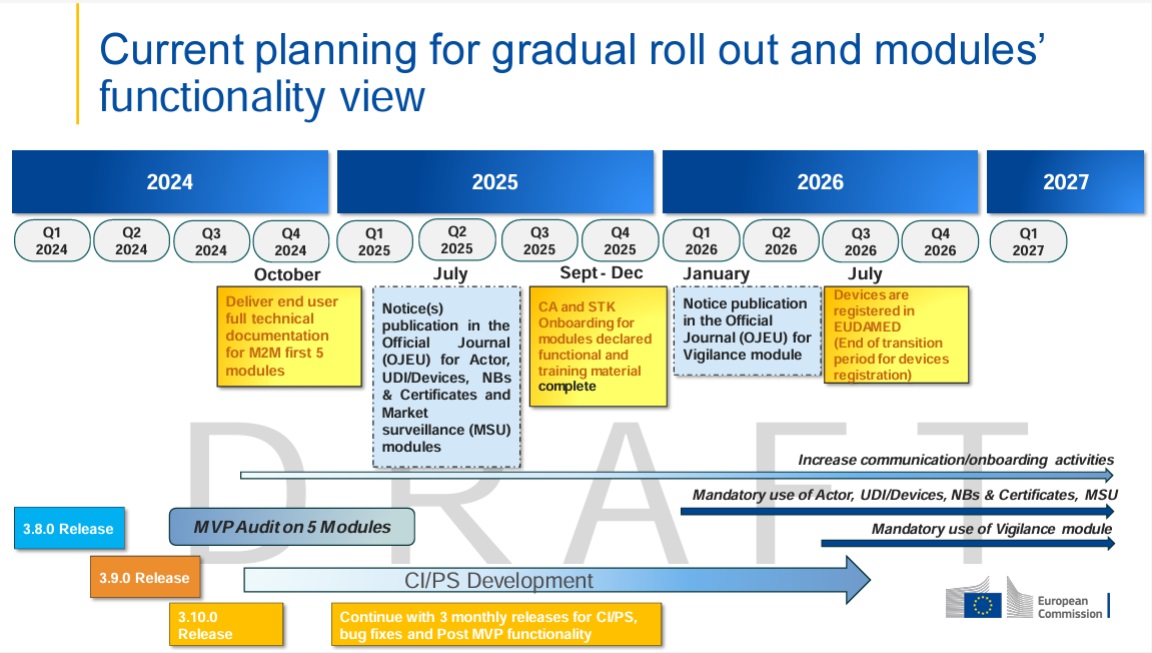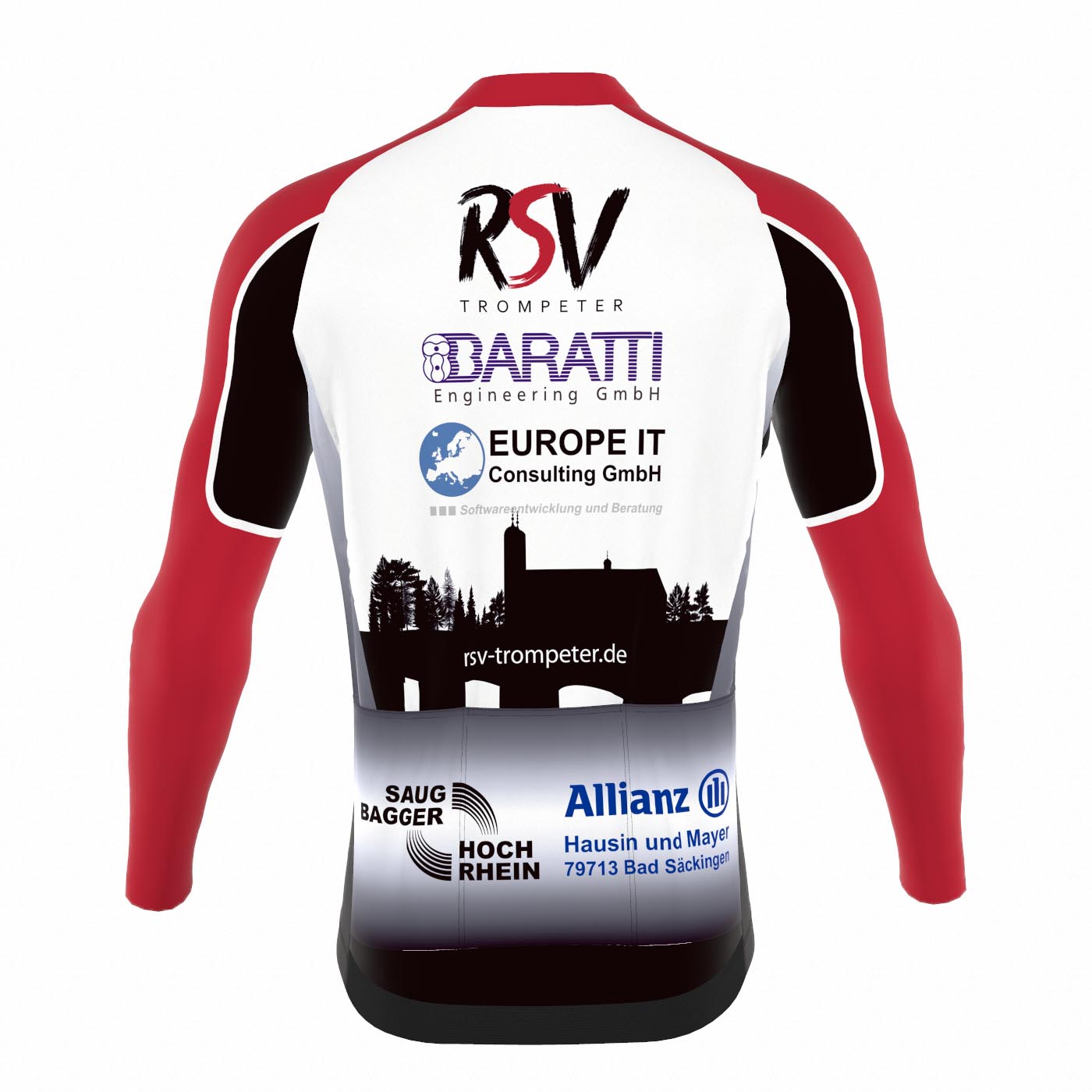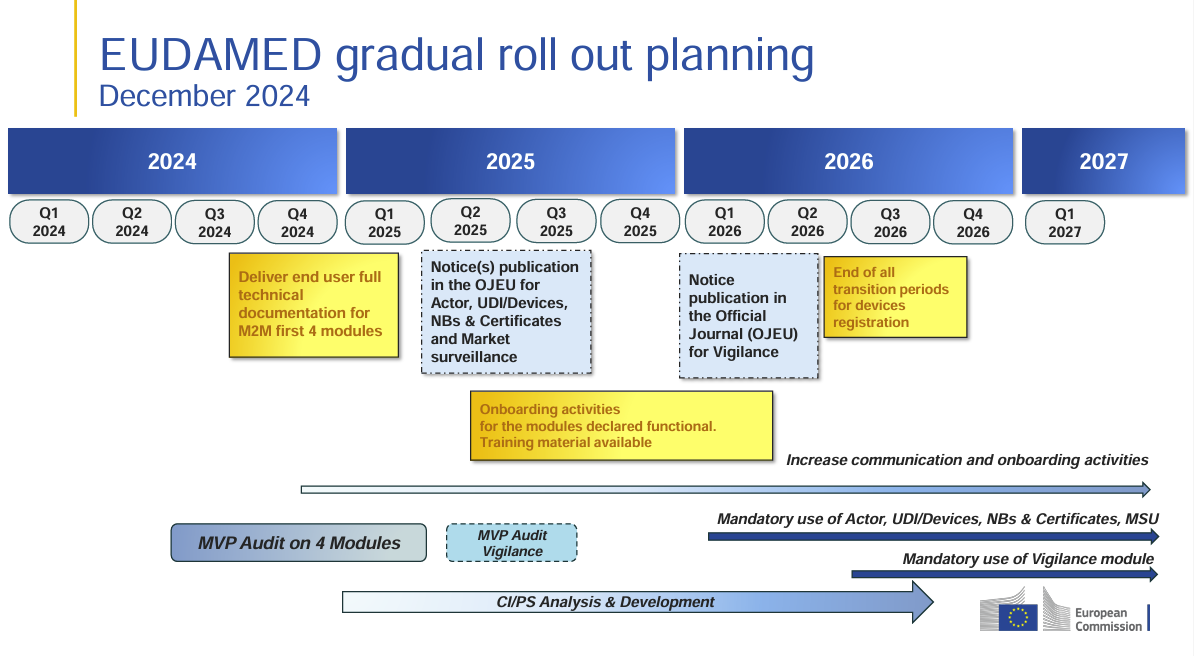
Executive Summary
Turkey is developing into an important sales market for medical devices with a population of 85 million inhabitants and a growing healthcare economy. Despite economic challenges, the medical technology market shows positive growth trends and offers German and European companies simplified market access conditions through the Customs Union.
Market size and growth
Current market figures 2024/2025
The Turkish medical technology market is developing dynamically. The market for medical technology in Turkey achieves an annual sales growth of 5.08% (2024-2029) and is expected to reach a market volume of 7.20 billion euros by 2029. This growth rate underlines the significant potential of the Turkish market.
Segment-specific developments in 2025
Surgicaldevices: The market for general & plastic surgical devices achieves an annual sales growth of 5.78% (2025-2029) and is expected to reach a market volume of 372.30 million euros by 2029. This shows the particularly high growth potential in surgical applications.
Market structure
The Turkish healthcare industry is characterised by a mix of government regulation and private sector initiative. In terms of pharmaceutical exports, Turkey only ranked 29th in the world in 2022 with US $2 billion, indicating growth potential. The generic share of the total market in 2022 was about 35 percent of the value and 62 percent of the packs sold.
Market access and regulatory framework
Regulatory authority TITCK
The Turkish Agency for Medicines and Medical Devices (TITCK) acts as the central regulatory authority and is under the authority of the Turkish Ministry of Health. TITCK is responsible for:
- Approval and monitoring of medical devices
- Publication of price lists and refund policies
- Implementation of GDP inspections (Good Distribution Practice)
- Harmonisation with EU standards
Conformity Assessment Bodies (CABs) and Notified Bodies
Role of ÜTS in the Turkish market: Turkey has established a system of conformity assessment bodies (ÜTS) that function similarly to the European Notified Bodies. These bodies are responsible for the evaluation and certification of medical devices according to Turkish standards.
Conformity assessment for European manufacturers
For European medical device manufacturers, the Turkish system offers simplified procedures:
- Recognition of EU-certified devices: medical devices with valid CE markings and certificates from European Notified Bodies can undergo simplified approval procedures under certain conditions
- Additional national requirements: Despite EU alignment, manufacturers must meet specific Turkish requirements, such as unique product labeling with barcodes
- Local Representation: In many cases, the appointment of an authorized representative in Turkey is required
Capacity bottlenecks at evaluation bodies
Similar to Europe, capacity bottlenecks can also be observed in Turkey at the assessment bodies. The increased requirements of MDR alignment have led to longer assessment times and higher costs.
EU approximation of rules
Turkey has aligned its regulatory requirements for medical device manufacturers with EU requirements. This offers considerable advantages to European manufacturers:
- Simplified approval procedures for EU-certified products
- Recognition of CE markings under certain conditions
- Reduced regulatory barriers through the Customs Union
Transitional provisions MDR
For medical devices with valid MDD certificates, there was a transitional period until 27 May 2024, provided that additional national provisions were met. Companies must now have fully transitioned to the new MDR requirements.
Market Opportunities and Segments
Growth Segments 2025:
- Surgical devices: The market for general & plastic surgical devices reaches a growth of 5.78% (2025-2029) with a target volume of 372.30 million euros
- RespiratoryDevices: This area shows particularly strong growth with a global market valuation of $25 billion in 2022, which is expected to rise to $38 billion by 2030 (CAGR 6.5%)
- Painkillersegment: Achieves annual growth of 5.64% (2024-2029) with a target volume of €311.50 million
Demographic Drivers
The Turkish population of 85 million people represents a significant market. Additional factors driving market growth:
- Ageing population with increasing health needs
- Expansion of health infrastructure
- Growing purchasing power of the middle class
- Growing demand for modern medical devices
Challenges and risks
Price regulation
The state price system reduces the profitability of the Turkish market for foreign suppliers. TITCK regularly publishes price lists that can limit margins for international manufacturers.
Currency volatility
Fluctuations in the Turkish lira pose a continuous challenge to pricing and profitability.
Reimbursement system
If you want to settle costs via statutory or private health insurance, you must meet special requirements and submit prescriptions. This can make market access difficult for certain product categories.
Strategic recommendations
For German and European manufacturers
- Making themost of the customs union: makingthe most of the simplified trade relations between the EU and Turkey
- Local Partnerships: Building Distribution Partnerships with Established Turkish Companies
- Regulatory compliance: Early adaptation to TITCK requirements and continuous monitoring of regulatory changes
- Pricing Strategies: Developing flexible pricing models that take into account government price regulation
- Market segmentation: focusing on growth segments such as respiratory care and innovative medical technologies
Outlook
The Turkish medical device market offers significant opportunities despite regulatory challenges and economic volatility. With a projected growth of 5.08% annually until 2029 and a target market volume of 7.20 billion euros , Turkey represents a strategically important market for European medical device manufacturers.The alignment of Turkish regulation with EU standards, combined with the large population and increasing health awareness, creates an attractive environment for investment and market entry.
List of sources
- Germany Trade & Invest (GTAI): “Pharmaceutical Industry Turkey” (2024)
- Statista Market Forecast: “Medical Technology – Turkey” (2024)
- Johner Institute: “Medical Devices in Turkey: Regulatory Requirements” (September 2023)
- GTAI: “Local Industry Structure Turkey – Pharmaceutical Industry, Biotechnology” (June 2024)
- GMP Navigator: “Turkish authority publishes new guideline on GDP inspections” (July 2023)
- ACCORD/ecoi.net: “Availability of medicines in Turkey” (2024)
- Verified Market Reports: “Respiratory Care Medical Devices Market” (April 2025)










Related Posts